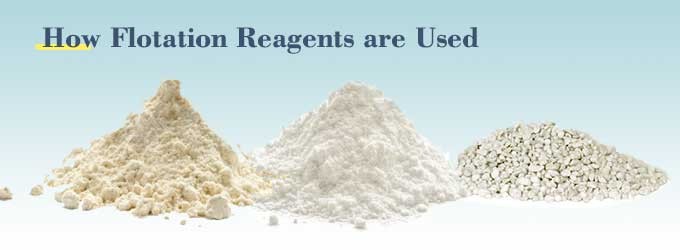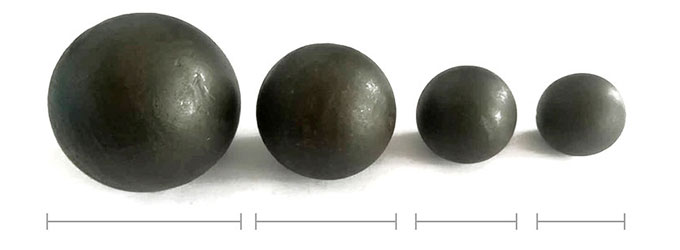Molybdenum is a very important non-ferrous metal. It has extremely high hardness, corrosion resistance, and the third-highest melting point (2,623°C) of all metals. Thus, molybdenum is one of the most valuable alloying agents in various steels and cast irons.
Molybdenum mining
Molybdenum exists in many minerals, but only molybdenite is suitable for the industrial production of molybdenum products.
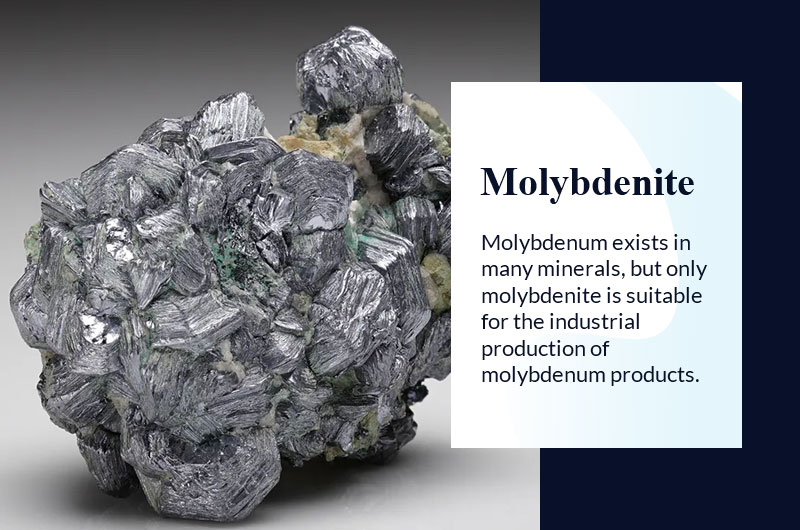
Molybdenite can be the only mineralization in a single ore body, but it often co-exists with other metals, especially copper. The molybdenum (Mo) content of various ore bodies is between 0.01-0.25%.
If molybdenum ore is close to the surface, open-pit mining technology is used to dig the overburden to expose the ore body for easy mining.
If molybdenum ore is located deep underground, the underground ore block caving technique is used. Large ore blocks are cut from the bottom and collapse under their weight. The resulting ore is moved to the ground for processing.
Extraction of Molybdenum
The molybdenum production process is: Crushing - Grinding - Molybdenum flotation - Roasting.
In the extraction of molybdenum, we adopt segmented grinding and multi-stage separation process. As it can gradually achieve monomer dissociation and ensure a high recovery rate of molybdenum concentrate. No excessive grinding.
Stage I Crushing and screening
Three-stage closed-circuit crushing can complete the work of ore crushing and partial dissociation, thereby improving the subsequent grinding efficiency.
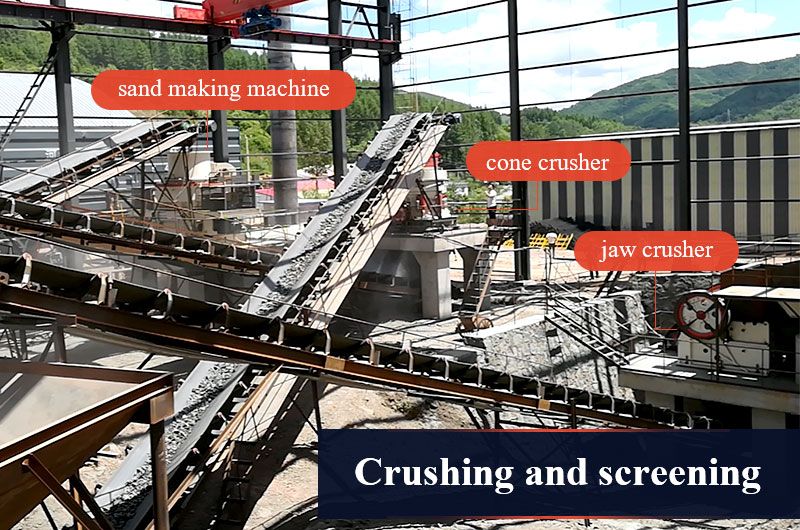
- 1Large molybdenum ore is evenly fed into a jaw crusher by a vibrating feeder for coarse crushing;
- 2After coarse crushing, it is screened by a vibrating screen, and then sent to a cone crusher for medium crushing;
- 3Then it is sent to asand making machine for fine crushing. The final crushing particle size of product is 12-15 mm.
Stage II Grinding
The two-stage and one-closed grinding makes molybdenum ore grinding more fully.
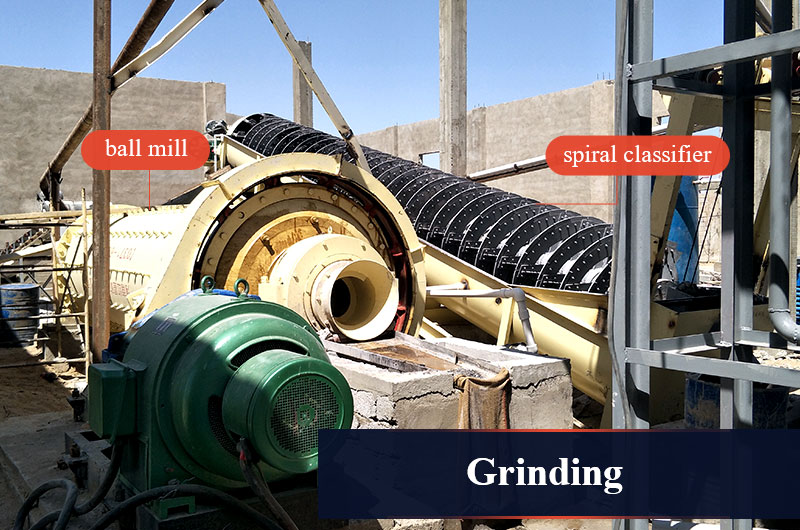
- 1The crushed molybdenum ore is sent to a ball mill for grinding. The molybdenum disulfide powder has a diameter of only a few microns.
- 2Then it is screened by a spiral classifier. The qualified molybdenum powders are sent to the floatation machine, while the rest continues to be ground.
Stage III Molybdenum flotation
The extraction of molybdenum adopts the preferential flotation.
The molybdenum powder and gangue powder are mixed with flotation agents and aerated. After flotation, molybdenum concentrate is obtained in the flotation machine, containing 85%-92% molybdenum disulfide (MoS2).
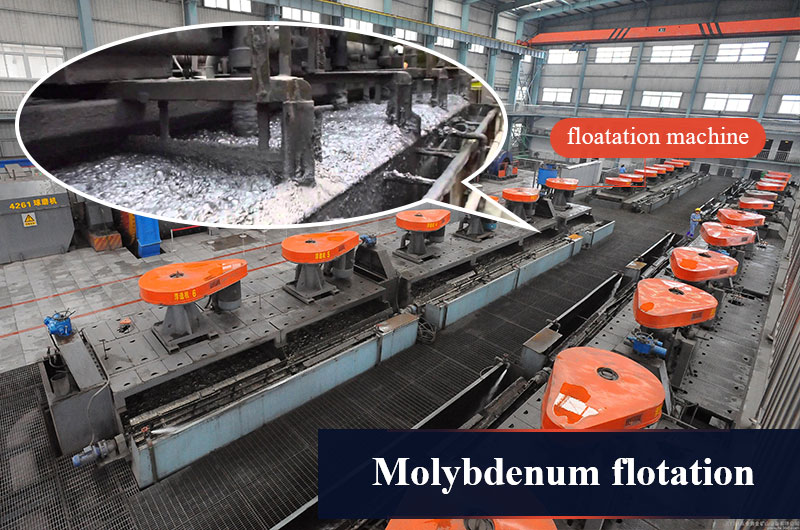
How are the flotation reagents used?
- Collectors: Non-polar oils, such as Syntex (activated carbon), Xanthate Ester, etc.
- Regulators: Lime.
- Inhibitors: Water glass, cyanide or sulfide.
Inhibitors depend on the impurities contained in the molybdenum concentrate.
- Copper and iron: Use sodium sulfide or sodium hydrosulfide, cyanide or ferricyanide.
- Lead: Use dichromate, Nokes.
- Calcium oxide: As it is easy to mud, use water glass, sodium hexametaphosphate or organic glue as inhibitors, and finally leaching with hydrochloric acid.
- Carbon minerals: Use sodium hexametaphosphate and CMC. Or use ferric chloride, water glass, and sodium hexametaphosphate.
- Silica (Sio2): Use CMC to make the Sio2 content be reduced below the standard.
If inhibitors cannot make the impurity content reach the standard, chemical beneficiation (acid leaching) can be used.
- Secondary copper sulfide is leached with cyanide.
- Chalcopyrite is leached with ferric chloride solution.
- Galena is leached with hydrochloric acid and ferric chloride solution.
Stage IV Roasting
The molybdenum concentrate is roasted in a rotary kiln at a temperature of 500-650℃. Roasting converts it into Molybdenum Calcine (MoO3), also known as Industrial Molybdenum Oxide (MoOx).
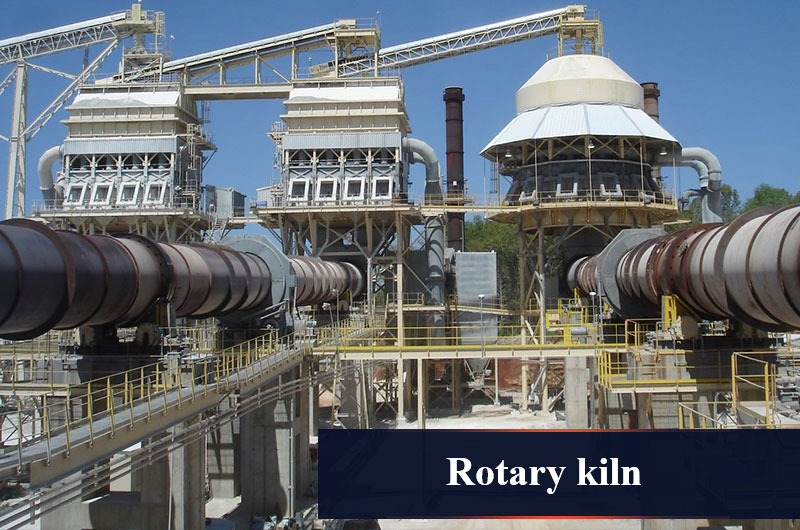
Industrial molybdenum oxide usually contains a minimum of 57% molybdenum and less than 0.1% sulfur.
A multi-hearth furnace is used for roasting.
- 1Gas and heated air blown from the bottom.
- 2The large rotating rake arm continuously flips the molybdenum concentrate to promote chemical reactions.
- 3The discharged roasting furnace gas is passed through a desulfurization system or lime washing device to remove sulfur dioxide.
In addition, molybdenum concentration contains a small amount (0.10%) of rhenium, which can be recovered by roasting. This is one of the main industrial sources of this rare metal.
Molybdenum uses
Molybdenum oxide can be used directly to various molybdenum alloy steels. It is normally added with scrap charge to ensure the desired molybdenum (Mo) content.
Molybdenum oxide can also be processed into various molybdenum products:
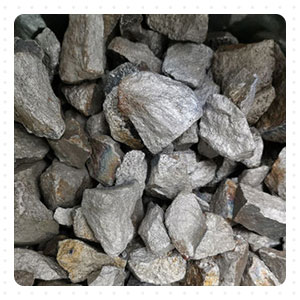
Ferro molybdenum:
30%-40% of molybdenum oxide is processed into ferro molybdenum (FeMo).
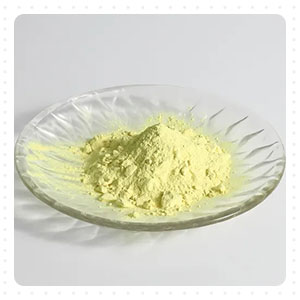
Molybdenum chemicals:
25% of molybdenum oxide is processed into molybdenum trioxide, molybdate, and other molybdenum chemicals, using the sublimation method or chemical wet process.
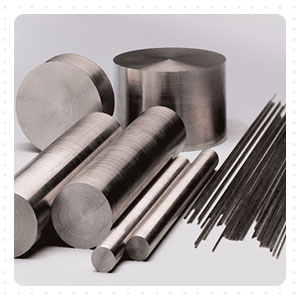
Molybdenum metal:
Molybdenum metal is produced by reducing pure molybdenum trioxide or ammonium molybdate in hydrogen.


